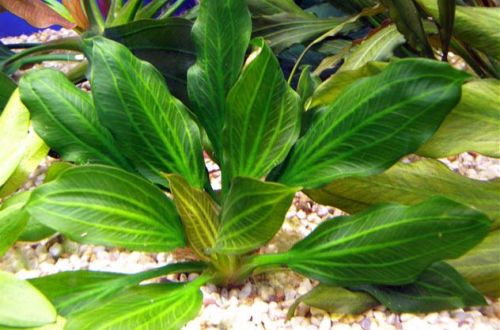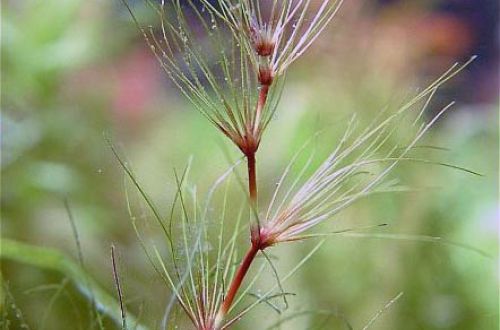
Moss Fissidence mini
Moss Fissidens mini, scientific name Fissidens crispulus. Formerly called Zippelius Moss (Fissidens zippelianus), after the Dutch botanist Alexander Zippelius (1797–1828). Both names are now considered synonymous. Gained popularity since 2004, when it began to be actively used in professional natural aquariums.
The natural habitat covers several continents from Africa to Southeast Asia. Moss grows in tropical latitudes and is found everywhere where there are wet places – along the banks of rivers, lakes, swamps and other bodies of water.
Moss forms dense clusters, consisting of individual sprouts, which are a short stem up to 3.5 cm with paired leaves on each tier about 2 mm long. Such a structure resembles a zipper, which was noted by one of the major suppliers from Singapore, Lok Kwek Leong, and thanks to him, “Lightning Moss” came into use as a colloquial name.
Grows best on rotten driftwood or special substrate supplied from nurseries. Dense growths can quickly become clogged with suspended particles in the water, which will degrade the appearance of the moss, so clean water is more likely to affect the decorative properties. Otherwise, the hydrochemical composition is not of great importance, as is the level of illumination.





